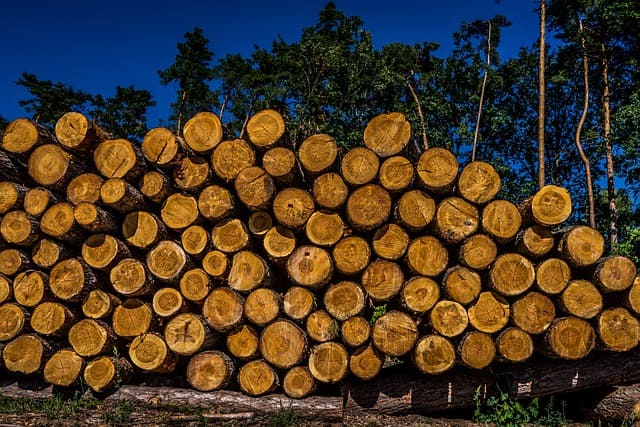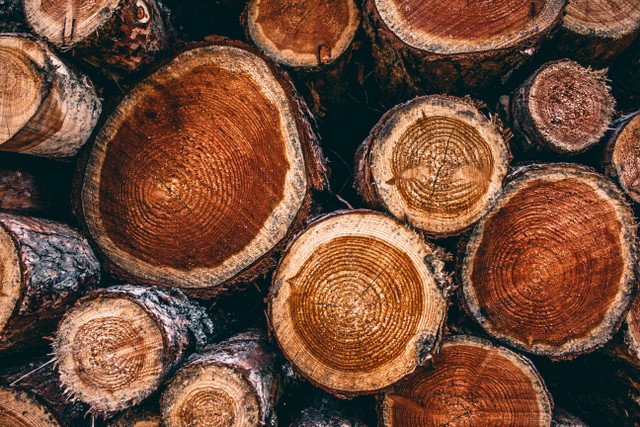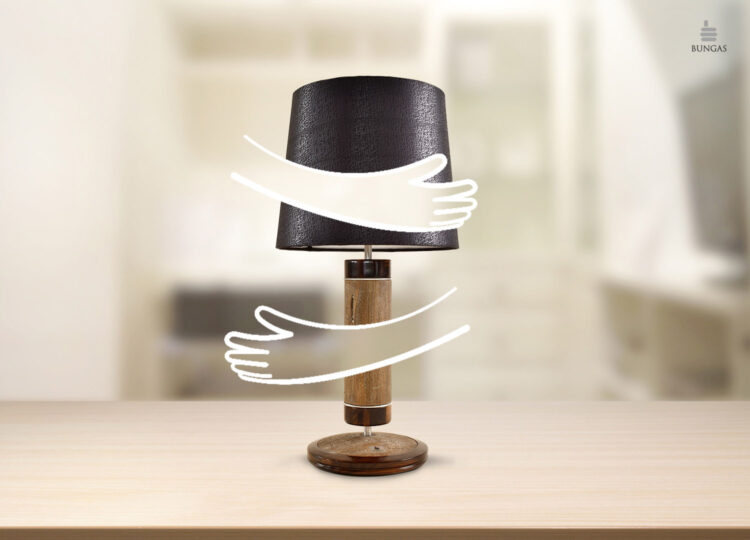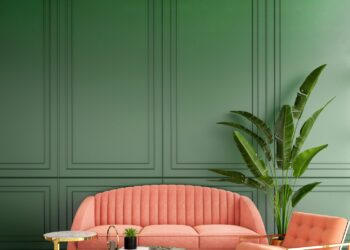Teak Wood: A Timeless Natural Treasure
Teak wood has long been admired for its unparalleled beauty, strength, and durability. Not only does it possess an intrinsic charm due to its rich color and graceful grain patterns, but it also provides significant practical benefits. Resistant to weather elements such as prolonged sunlight and rain, teak is highly prized in construction, furniture making, and even boat building. Its natural ability to deter pests and resist decay makes it unique compared to other hardwoods. In this article, we explore five essential facts about teak wood, enriched with additional insights and background information that highlight why teak remains a top choice for craftsmen and designers across the globe.

Fact 1: Teak Wood’s Origin in Myanmar
One of the most intriguing aspects of teak is its origin. Teak trees (Tectona grandis) are indigenous to Southeast Asia, with Myanmar (formerly known as Burma) playing an especially pivotal role in the global teak industry. According to various data sources, Myanmar is recognized as the world’s largest exporter of teak. In fact, experts estimate that about 75% of the total teak supplied worldwide is produced in this region. This statistic not only emphasizes the abundance of teak in Myanmar but also highlights the country’s long-standing tradition and expertise in cultivating and harvesting this magnificent wood.
Historically, teak was first documented in ancient texts and travel logs, being valued by local civilizations for its robustness and natural beauty. Myanmar’s unique climate and soil conditions provide an ideal environment for teak trees to thrive. The indigenous communities have developed sophisticated methods to sustainably manage these valuable resources, ensuring that the high demand for teak does not compromise ecological balance. Beyond Myanmar, other Southeast Asian countries including India, Thailand, and Laos contribute significantly to teak production, though their outputs remain overshadowed by Myanmar’s overwhelming contribution.
The legacy of teak from Myanmar extends into cultural and architectural traditions as well. Many historical structures in the region, from ancient temples to royal palaces, feature teak wood in their construction, reflecting the ancient civilization’s appreciation for both the aesthetic and functional qualities of teak.
Fact 2: Teak Grows Naturally in Tropical Climates
Teak wood is synonymous with tropical environments. The wood’s natural resilience is largely due to the unique climatic conditions found in its native regions. Teak trees flourish under the warm, humid climates typical of South and Southeast Asia. The tropical conditions allow the trees to grow quickly and develop a dense, robust trunk that is naturally infused with oils and other compounds that contribute to its durability.
One interesting biological aspect of teak is that it is ideally suited for temperatures of up to 27°C (80°F). Such mild, steady temperatures help the teak trees manage their energy efficiently, allowing them to channel nutrients toward growth and the production of their distinctive natural oils. This slow yet persistent growth process results in a wood that is remarkably stable and resistant to decay. The climate not only influences the wood’s structural integrity but also affects its drying process—teak typically requires 3 to 4 months to dry properly under natural conditions. This extended drying period is crucial as it minimizes the risk of warping and cracking, which are common issues with other types of hardwood.
The ideal tropical conditions of Indonesia, along with other Southeast Asian nations, provide a near-perfect ecosystem for teak growth. This environment ensures that the wood maintains its high quality and aesthetic appeal even as it matures. The characteristic golden-brown hue and subtle grain markings are all part of the natural aging process that enhances teak wood’s overall value in the market.
Fact 3: Longevity – The Gift of Time
Teak wood’s longevity is one of its most celebrated features. Some of the teak trees in Myanmar and India have been known to live for well over 200 years. These enduring trees not only provide a renewable resource but also stand as living testaments to the passage of time. The average teak tree grows to about 2 meters in height in its early years and develops a sturdy trunk with a diameter reaching up to 0.6 inches in its prime. However, it is the mature forests, where trees are often over a century old, that highlight teak’s impressive lifespan.
The long natural lifespan of teak trees is beneficial for several reasons. First, it implies that when harvested, the wood is already well-aged and has developed maximum density and strength, qualities that are highly desirable in both construction and furniture making. Second, the long growth cycle ensures that teak wood has had ample time to develop its natural pest-resistant properties. This makes the wood less prone to insect attacks and fungal decay, even when exposed to the harsh conditions of tropical environments.
For consumers, this durability translates into investments that stand the test of time. Whether it is for outdoor furniture, decking, or decorative elements, teak wood maintains its charm and structural integrity for decades, if not centuries, when properly maintained. The longevity of teak is a key reason behind its premium status in global markets, making it a much-admired material among conservationists and designers alike.
Fact 4: Increasing Value Over Time
It is often said that the older the teak wood, the more robust and enduring it becomes. This phenomenon is widely acknowledged in industries that depend on high-quality wood for their products. Over time, teak wood not only becomes more attractive with the development of a richer patina but also more resilient. The accumulation of natural oils and tannins in older teak makes it particularly resistant to environmental wear and pest infestations. As these compounds continue to develop in the wood over the years, its ability to withstand the test of time is further enhanced.
Craftsmen often refer to the concept that the “longer the period,” the better the wood. The gradual increase in density and the continuous growth of natural protective substances mean that older teak wood is, by far, more valuable than younger wood. This aging process is also visually evident; the wood develops a deeper, more complex color profile and a more pronounced grain pattern. Such qualities are not only appreciated for aesthetic reasons but also serve as indicators of the wood’s durability and reliability.
The wisdom behind utilizing older teak wood explains why many antique teak furniture pieces are considered priceless treasures today. They not only provide functional use but also hold historical and emotional value for collectors and enthusiasts. Additionally, the extended durability of teak means that investments in teak products often yield long-term cost savings due to reduced maintenance and replacement needs.
Fact 5: Aesthetic Appeal and Craftsmanship
The visual appeal of teak wood is one of its most celebrated attributes. It is widely regarded as one of the most beautiful woods available, not just for its appearance but also for its versatility in design. Teak’s smooth texture, combined with its natural luster and the unique pattern of its grain, has made it a preferred material for high-end furniture, both indoors and outdoors.
In the realm of furniture making, teak wood is revered for its ease of processing and maintenance. Unlike many other hardwoods that require intensive finishing treatments, teak’s natural oils lend the wood a level of self-protection that simplifies the crafting process. Furniture makers can shape, carve, and stain teak with relative ease, achieving intricate designs that enhance the overall beauty of the final product. These characteristics also ensure that teak furniture does not only rely on external coatings for protection but builds on its intrinsic properties to resist wear and tear.
Beyond furniture, teak is also a favorite in the design of boats and outdoor structures. Its natural resistance to water and decay makes it an excellent choice for decking, railings, and other structures exposed to the elements. Moreover, the wood’s ability to naturally repel insects and fungi further ensures that structures built with teak remain robust and attractive over prolonged exposure to weather and environmental stress.
For modern interior designers, teak wood offers a blend of elegance and practicality. Its warm hues can harmonize with various architectural styles—from traditional, rustic settings to modern, minimalist décor. The timeless beauty of teak makes it a favorite among those seeking to combine functionality with aesthetic excellence, ensuring that spaces remain stylish and inviting year after year.
Beyond the Basics: Additional Benefits and Uses of Teak Wood
While the five facts presented above cover the major aspects of teak wood, there are many additional benefits and uses that further underscore its value in a modern context.

Environmental and Sustainability Considerations
As concerns over deforestation and sustainability grow, teak wood stands out for its potential in sustainable forestry. When managed responsibly, teak plantations can be a renewable resource that supports local economies without depleting natural forests. Certifications and sustainable harvesting practices have been increasingly adopted in many teak-growing regions to ensure that production meets environmental standards. Such practices not only help protect biodiversity but also secure the future availability of this precious wood.
Innovative sustainable management techniques are being implemented in teak plantations, including selective logging and replanting programs. These strategies ensure that teak forests continue to thrive while supporting the livelihoods of local communities. Furthermore, the natural resilience of teak reduces the need for harmful chemical treatments, making it an environmentally friendly option for builders and designers looking to minimize their ecological footprint.
Modern Applications in Architecture and Design
The role of teak wood in modern architecture cannot be understated. Architects and designers continue to innovate by incorporating teak into both interior and exterior projects. One significant advantage is teak’s adaptability—it can be used in flooring, wall paneling, ceiling treatments, and even as decorative cladding for buildings. Its resistance to moisture and decay makes it particularly well-suited for tropical climates and coastal environments, where traditional wood products might struggle to maintain their integrity over time.
In addition, advancements in finishing techniques have allowed teak to be treated in ways that enhance its natural beauty while providing additional protective coatings. These treatments further extend the lifecycle of teak-based products, making them ideal for high-traffic public spaces and luxury residential projects. As the trend towards sustainable and eco-friendly materials continues to grow, teak wood is increasingly recognized as a premium option that marries natural beauty with engineering excellence.
Practical Advice for Purchasing and Maintaining Teak Wood
For both consumers and professional craftsmen, understanding how to select and maintain teak wood is essential for long-lasting performance. When purchasing teak products, consider the age of the wood—a well-aged piece of teak will typically exhibit a deeper patina and greater durability compared to newly harvested wood. Look for certifications or guarantees regarding sustainable harvesting practices; reputable suppliers often provide documentation ensuring that their teak is sourced responsibly.
Once acquired, proper maintenance of teak wood can significantly extend its lifespan. While teak naturally contains oils that fend off moisture and decay, periodic cleaning and occasional application of teak oil can help restore its color and maintain its protective qualities. It is advisable to clean teak products with mild soap and water, followed by gentle scrubbing with a soft brush to remove surface dirt. Avoid harsh chemicals or power washing, as these can strip away the natural oils embedded in the wood.
For outdoor furniture or decking, using a teak cleaner once or twice a year can be highly beneficial. After cleaning, a light application of teak oil not only rejuvenates the wood’s color but also forms an additional barrier against water and environmental elements. Such routine care ensures that your teak products continue to exude their timeless charm while performing reliably, even under challenging weather conditions.
The Economic Impact and Global Market Trends
Teak wood’s robust demand has a significant economic impact in teak-producing regions. As Myanmar remains the leader in teak exports, the wood industry forms a major part of its economy. Export revenues generated from teak help support local economies by creating job opportunities in forestry management, processing, and transportation. This economic contribution is pivotal for rural communities, where sustainable teak cultivation provides a stable source of income.
Global market trends indicate that despite fluctuations in timber prices and international trade policies, teak remains a highly sought-after commodity. Its reputation for longevity and beauty ensures that teak products retain high resale values, making investments in teak not only an aesthetic choice but also a wise financial decision. Leading design and construction firms across Europe, North America, and Asia increasingly specify teak in their projects, further solidifying its position as a world-class material.
Looking Ahead: Teak’s Role in Future Innovations
With rapid advancements in materials science and sustainable design practices, the future of teak wood appears bright. Researchers continue to explore the biochemical properties of teak, aiming to develop even more effective methods for preserving and enhancing its natural durability. Innovations in composite materials that blend teak with modern polymers and resins are emerging, creating hybrid products that can withstand even harsher environmental conditions without compromising on aesthetic appeal.
In addition, the integration of digital design tools in modern carpentry has allowed craftsmen to push the boundaries of teak’s applications. Detailed digital modeling and precision engineering enable the production of intricately designed furniture and architectural elements that highlight the natural beauty of teak wood. As consumer preferences shift towards sustainable and eco-friendly materials, the demand for high-quality teak is expected to rise, driving further research into cultivation practices that improve yield and quality.
Moreover, educational institutions and vocational training centers in teak-producing regions are increasingly emphasizing sustainable forestry practices and modern wood crafting techniques. Through these efforts, new generations of artisans are being equipped with the knowledge and skills necessary to both preserve and innovate within the teak industry.
Conclusion
Teak wood is much more than just a raw material; it is an extraordinary natural resource that embodies resilience, beauty, and sustainable potential. From its origins in Myanmar—where centuries of tradition and expertise have honed its qualities—to its natural growth in tropical climates, teak stands apart as a premium choice in the world of wood. Its longevity and increasing durability with age further underscore its value, making it an investment that yields both functional and aesthetic returns over time.
The detailed benefits of teak are evident in its widespread use in furniture, architectural projects, and outdoor applications, where its stability and natural resistance to the elements are indispensable. As market trends move towards environmentally conscious and sustainable practices, teak wood’s inherent qualities make it a frontrunner in the push for renewable, long-lasting materials.
Whether you are a designer seeking the perfect material to create exquisite pieces of furniture or an architect looking for a resilient building material, teak wood offers an unmatched combination of beauty, durability, and practical excellence. With proper care and sustainable management practices, teak will continue to serve future generations as a symbol of natural elegance and enduring strength.
In summary, the journey of teak from the ancient teak forests of Myanmar to modern living rooms and luxurious outdoor settings is a testament to its unrivaled quality and timeless appeal. Its ability to adapt to various environmental challenges, maintain aesthetic charm over time, and positively impact economies makes teak a precious resource that will remain relevant in the world of design and construction for centuries to come.












